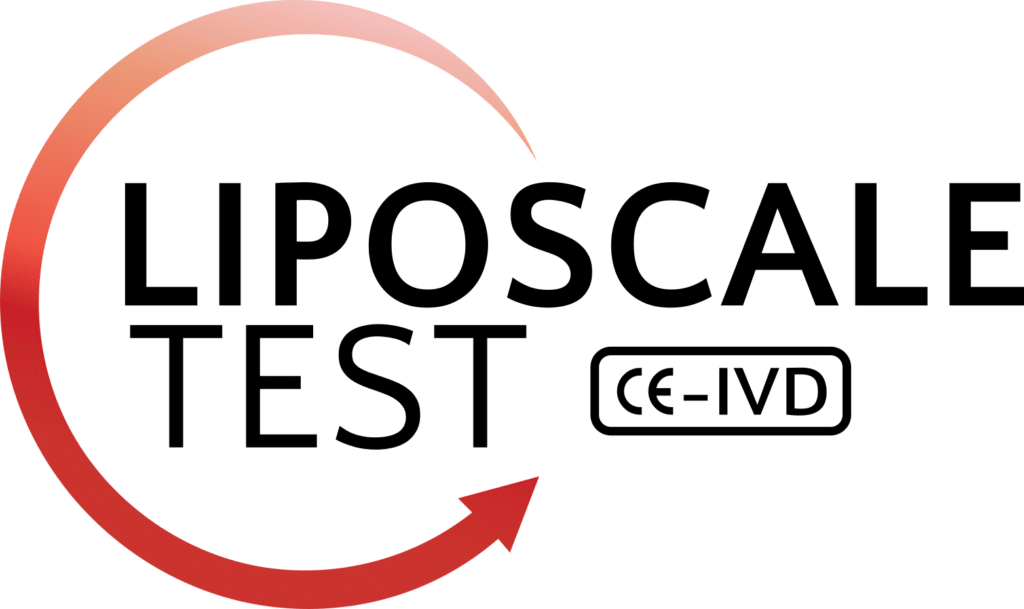Abstract
This study aimed to assess whether the advanced characteristics of serum lipoprotein subclasses could better predict the risk of developing diabetic retinopathy (DR) and its severity compared to other established risk factors in subjects with type 1 (T1D) and type 2 (T2D) diabetes. This observational, cross-sectional substudy analyzed DR-related data from 309 T1D and 264 T2D subjects. The advanced lipoprotein and glycoprotein profile was determined by nuclear magnetic resonance (NMR) spectroscopy (Liposcale test). NMR analysis of lipoproteins revealed that T1D subjects with DR showed standard non-HDL particles, despite higher IDL lipid concentrations. Notably, IDL lipids were elevated in T1D subjects with worsened DR. VLDL and LDL were smaller, whereas HDL triglycerides were increased in DR compared with non-DR. On the other hand, the T2D subjects with DR showed altered characteristics in the LDL fraction, mainly revealed by a significant decrease in smaller LDL and a reduction in LDL-C. Moreover, the glycoprotein profile did not reveal significant changes among DR groups, regardless of the type of diabetes. However, lipoprotein characteristics and glycoproteins unveiled by NMR analysis did not improve the predictive value of conventional lipids or other traditional, well-established biomarkers of DR in our cohorts.
Keywords: diabetic retinopathy; glycoproteins; lipoproteins; nuclear magnetic resonance spectroscopy; remnants; triglycerides; type


